As Beijing escalates its tough rhetoric in condemning Hong Kong protesters, some U.S. lawmakers are raising the possibility of sanctions on China.
Hong Kong mass protests have entered their third month as locals continue to call for the withdrawal of a bill that would allow the Chinese regime to transfer individuals to the mainland to face trial in its opaque legal system.
Many fear that the bill would signal the erosion of the city’s autonomy, which was promised by Beijing upon its transfer of sovereignty from Britain in 1997.
In recent weeks, protesters’ relentless rallies and marches—often contained by local police firing tear gas, rubber bullets, and sponge grenades at crowds—in addition to an organized strike on Aug. 5 that paralyzed the city after thousands took leave from work, have drawn the ire of Beijing.
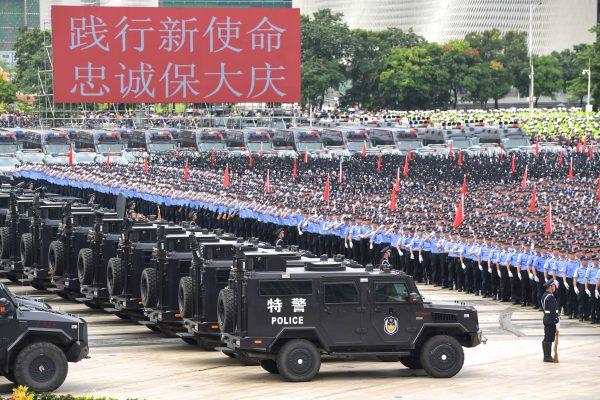
During an Aug. 7 symposium held in Shenzhen city by the Hong Kong and Macau Affairs Office and the Liaison Office, Beijing’s representative office in the territory, a senior official called the Hong Kong protests “a color revolution” that needed to be quelled, using a term that refers to popular uprisings in former Soviet countries.
“It is now a ‘life-or-death’ fight for the very future of Hong Kong. ... There is no room for retreat,” said Zhang Xiaoming, director of the Hong Kong and Macau Affairs Office. Shenzhen, in southern China, is just across the border from Hong Kong.
He warned that Beijing authorities have “ample methods” and “sufficient strength” to “promptly settle any possible turmoil.”
His words were the Chinese regime’s latest hint about using force to suppress the protests.
On Aug. 6, more than 12,000 police officers gathered for a drill in Shenzhen to “maintain national political security and social stability.” The video footage was posted onto the Shenzhen police’s official Weibo, the Chinese equivalent of Twitter, showing police in riot gear clashing with civilians dressed in black shirts and yellow construction helmets—the trademark attire of Hong Kong demonstrators.
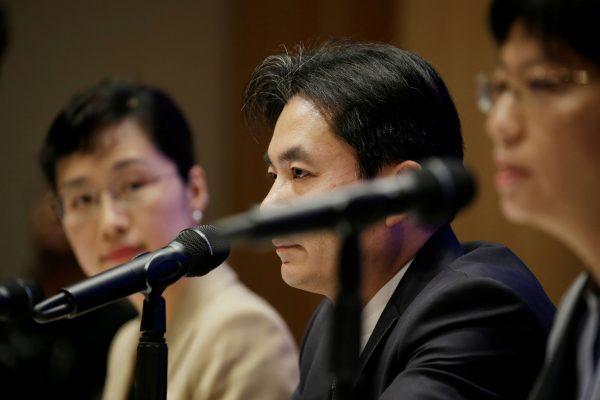
Asked by a reporter at an Aug. 6 press briefing whether Beijing would deploy troops to “control” the Hong Kong protests, Yang Guang, spokesperson for Hong Kong and Macau Affairs Office, did not give a straight answer, but said that the People’s Liberation Army (PLA) is “a strong force that defends every inch of its sacred territory.”
Gordon G. Chang, China expert and author of “The Coming Collapse of China,” told The Epoch Times in an Aug. 5 interview that deploying troops would be a last resort for the Chinese leadership.
“Hong Kong is not armored-car country,” Chang said.
“The PLA ... and the People’s Armed Police would be in a quagmire [if they were deployed], because you’ve got kids [protesters] who are willing to die. This would be an awful situation—horrific.”
He said the communist regime may quell protests with force if it believed that “the Hong Kong protests [were] creating a contagion, inspiring people in the mainland to protest.”
Chinese leader Xi Jinping may choose this route “if he feels the existence of the Communist Party is at stake,” Chang said.
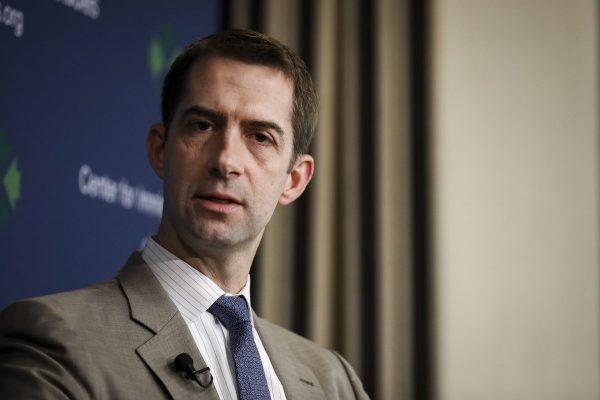
US Response
U.S. Senator Tom Cotton (R-Ark.) said that “the United States will be compelled to reassess our relationship with China in fundamental ways” should the Chinese regime choose to respond to the Hong Kong protests with military force.“If Beijing cracks down on Hong Kong, the United States ought not make the same mistake again.”
He said that should the Chinese regime impose martial law on the city, the U.S. government should be prepared to respond in six ways: halt trade negotiations with China; sanction senior Chinese Communist Party officials; bar Party leaders and their families from entering the United States; curtail student visas for Chinese nationals; demand the expulsion of Chinese officials from leadership positions in international organizations; and revise U.S. legislation that grants Hong Kong special trading privileges.
China’s Foreign Ministry spokesperson Hua Chunying, at a regular press briefing on Aug. 7, slammed Cotton and other U.S. politicians, questioning the lawmakers’ “true intentions behind the Hong Kong issue.”
Hua added that they should stop “grossly interfering in Hong Kong affairs.” She responded similarly to U.S. House Speaker Nancy Pelosi’s comments in support of the protesters.
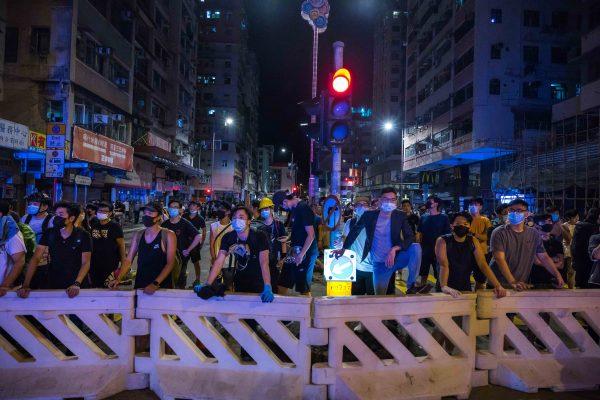
Travel Warnings
On Aug. 7 evening, the U.S. State Department issued a travel advisory for Hong Kong, warning travelers to “exercise increased caution” due to civil unrest.It warned that some protests have “turned confrontational or resulted in violent clashes,” sometimes spilling into neighborhoods outside of planned demonstrations.
Australia also issued a travel warning for Hong Kong on Aug. 7, saying people should “exercise a high degree of caution.”
Britain, Japan, Ireland, and Singapore have issued similar travel warnings since July.
The travel advisory came after Hong Kong police clashed on Aug. 6 with hundreds of protesters in the district of Sham Shui Po. Locals had gathered outside the nearby police station to protest the police’s arrest of a local university student union leader.
Australia’s DFAT said protests had become more unpredictable and were expected to continue. The advisory strongly recommended that travelers avoid large public gatherings, adding that the risk was greater at night and on weekends.
Hong Kong police have arrested 568 people and fired around 1,800 tear gas canisters since mass protests began in June, according to an Aug. 6 police briefing.
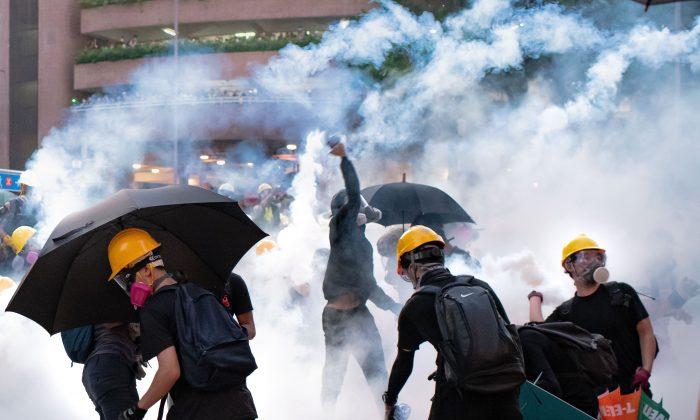

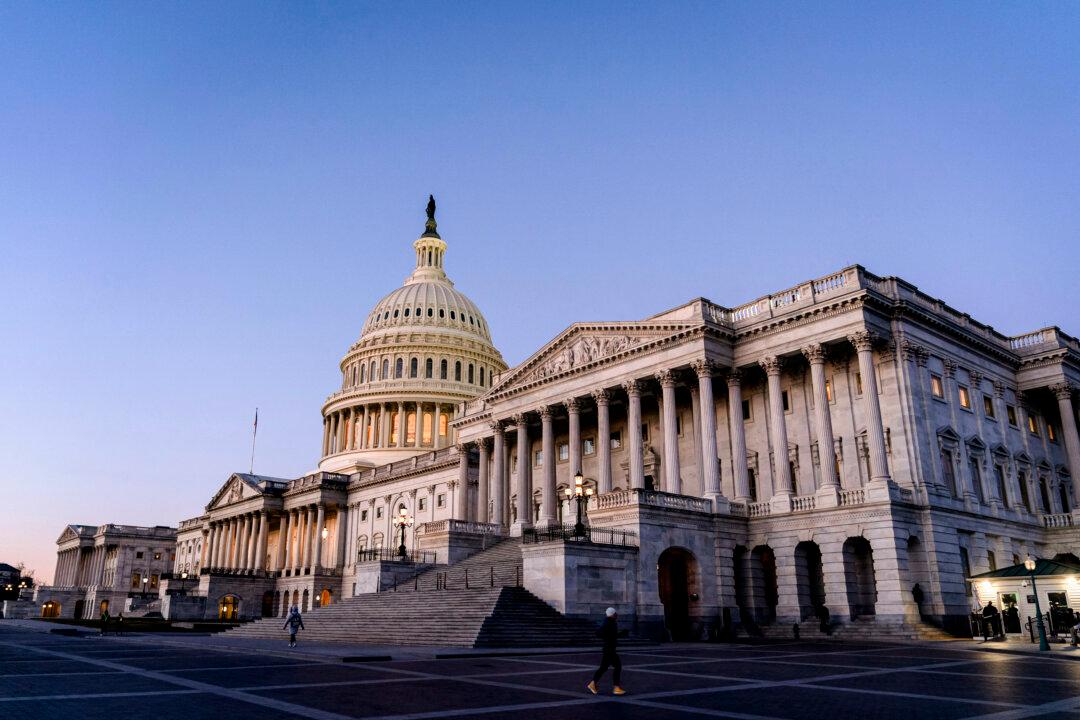
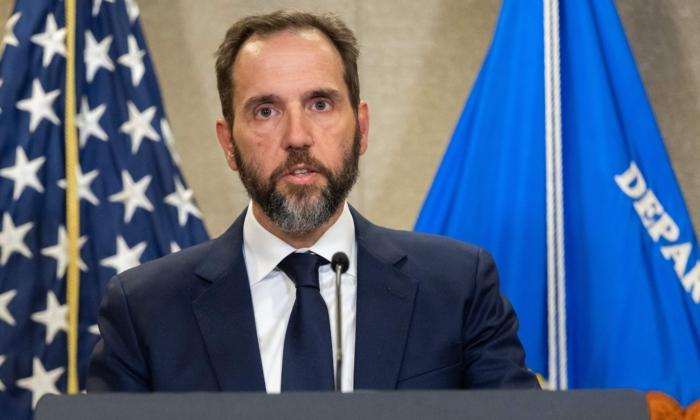
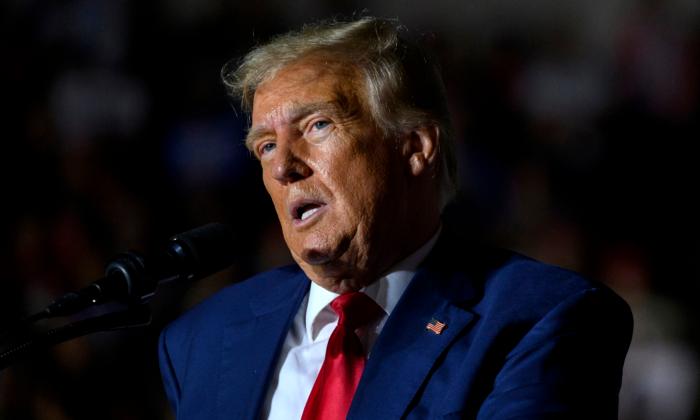
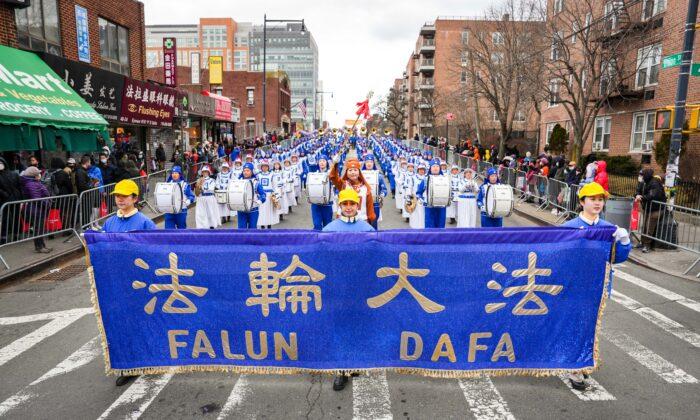
Friends Read Free